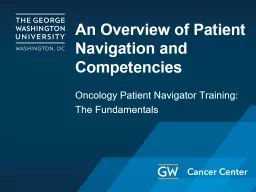PPT-Clear Writing and Successful Navigation of Feedback
Author : Ruggedheart | Published Date : 2022-07-28
Charlotte K Kent PhD MPH Executive Editor MMWR Series 2017 CSTE MMWR Intensive Writing Training Course May 1 2017 Types of articles in MMWR Weekly Full Reports
Presentation Embed Code
Download Presentation
Download Presentation The PPT/PDF document "Clear Writing and Successful Navigation ..." is the property of its rightful owner. Permission is granted to download and print the materials on this website for personal, non-commercial use only, and to display it on your personal computer provided you do not modify the materials and that you retain all copyright notices contained in the materials. By downloading content from our website, you accept the terms of this agreement.
Clear Writing and Successful Navigation of Feedback: Transcript
Download Rules Of Document
"Clear Writing and Successful Navigation of Feedback"The content belongs to its owner. You may download and print it for personal use, without modification, and keep all copyright notices. By downloading, you agree to these terms.
Related Documents

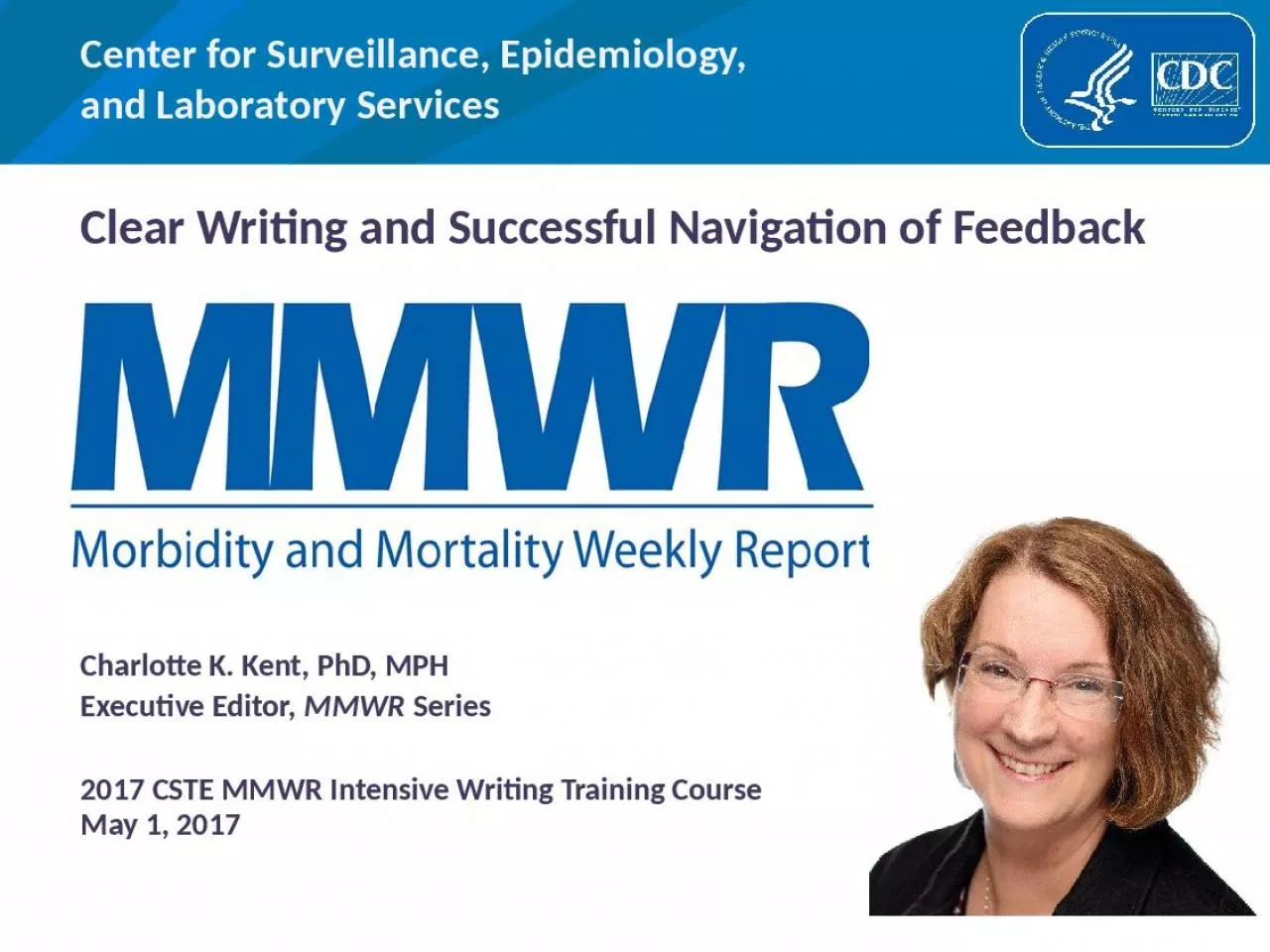
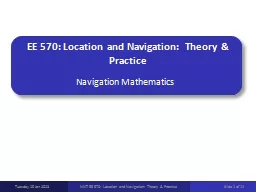

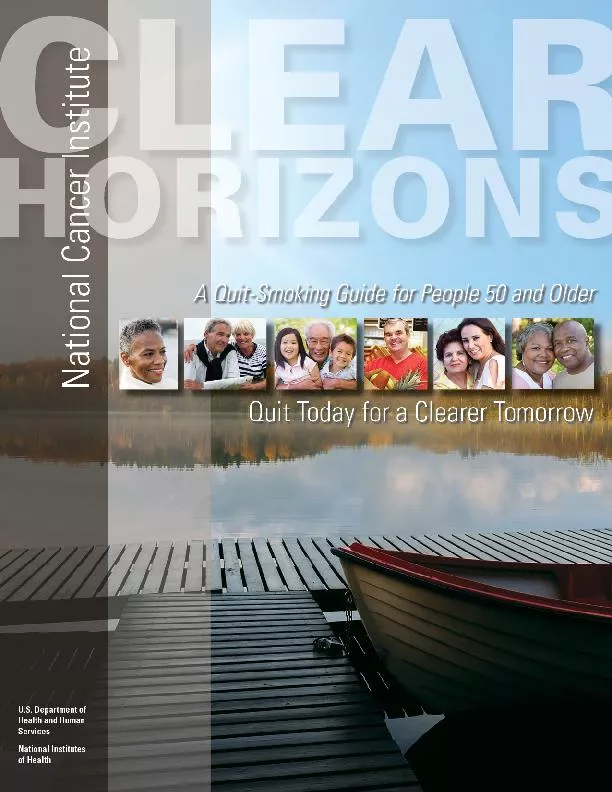
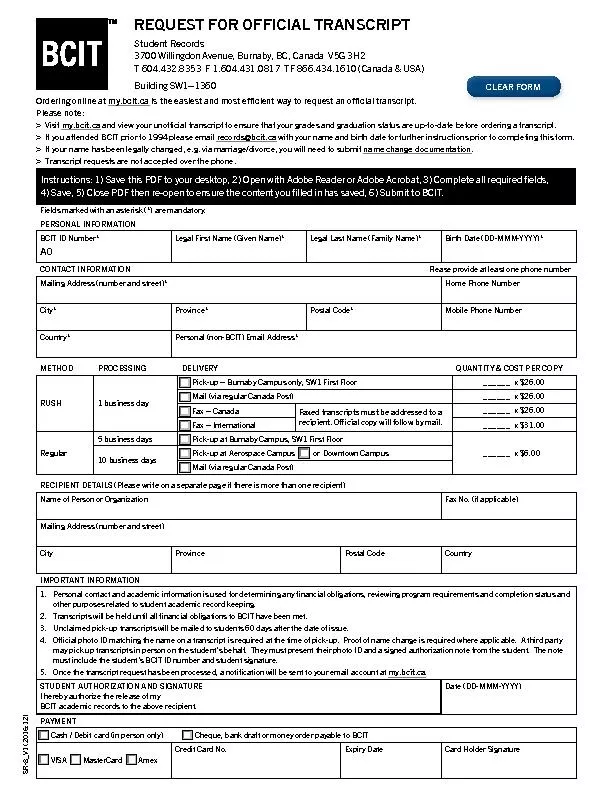
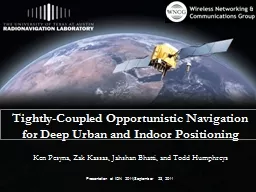
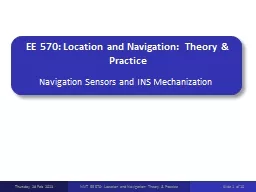
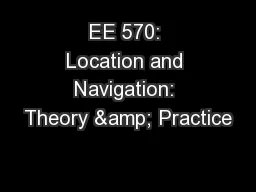
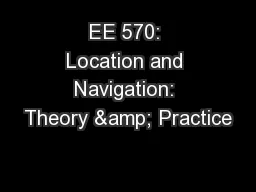
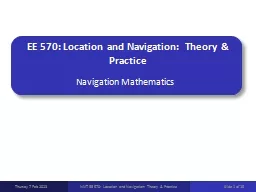
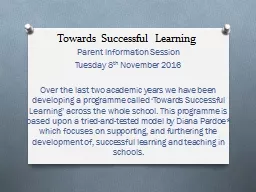

![[EPUB] - Writing a Successful College Application Essay (Barron\'s Writing a Successful](https://thumbs.docslides.com/906666/epub-writing-a-successful-college-application-essay-barron-s-writing-a-successful-college-application-essay.jpg)
